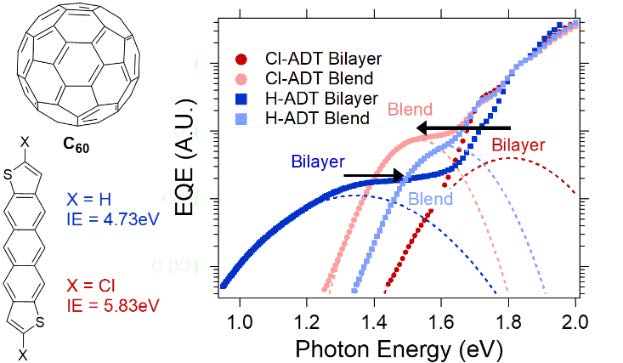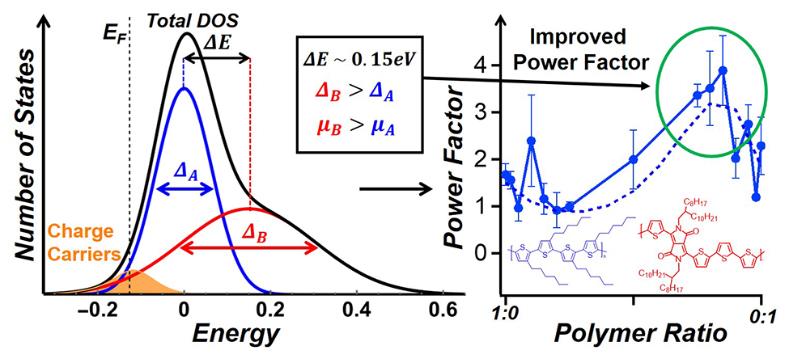Abstract: Metal-halide perovskites (MHPs), with formula ABX3 (A = methylammonium, formamidinium, or Cs+; B = Sn2+ or Pb2+; and X = Cl-, Br-, or I-) are versatile and attractive materials because of their tunable optical and electronic properties. These optical and electronic properties include tunable direct band gaps, high absorption coefficients, low exciton binding energies, relatively high electron and hole mobilities, narrow emission line-widths, and high photoluminescence (PL) quantum yields (ΦPL). Much of the initial excitement around organic metal-halide perovskites focused on their application in photovoltaics (PVs) based on thin polycrystalline films, whereas colloidal metal-halide perovskite nanocrystals (NCs) are now a subject of intense interest due to their highly desirable emission properties and low rate of non-radiative recombination for light emitting applications. However, both polycrystalline MHP thin films and their NC counterparts suffer from poor stability and are highly moisture sensitive. In this talk, facile and rapid anion exchange and surface modification routes of MHP NCs will be discussed using alkyltrichlorosilane, alkanethiols, and alkanethiol-aluminum trihalide combinations. In addition, similar approaches are employed to modify solution processed MHP thin films for fabricating efficient and stable photovoltaic devices.
Rapid anion exchange and surface modification reactions with MHP NCs readily proceed via coupling and/or hydrolysis reactions of the surface ligands at room temperature. Both NCs, thin films, and thin film-based PV devices demonstrate significantly enhanced performance and stability upon surface modification. It is shown that alkyltrichlorosilanes (RSiCl3) can be used as Cl- sources for rapid anion exchange with host CsPbBr3 NCs during hydrolysis of alkytrichlorosilanes in the colloidal dispersion of CsPbBr3 NCs. Hydrolysis of alkyltrichlorosilanes leads to the formation of siloxane coated CsPbCl3 NCs with significantly improved ΦPL of up to 12% and improved long-term stability. In another study of surface modification, dodecanethiol modification of CsPbBr3 NCs is demonstrated to significantly enhance the stability and ΦPL of CsPbBr3 NCs, with ΦPL of near 100%. This surface modification can be expedited through exposure to UV light, which also induces thiol-ene reactions. A mixture of dodecanethiol (DDT) and AlX3 (X = Cl, Br, I) can be used to increase the applicability of alkanethiol treatment to all NC compositions. Here, DDT and AlX3 (X = Cl, Br, I) treatment transforms CsPbCl3 nanocubes into 4-15 monolayer thick CsPbX3 nanoplates (NPs) with high ΦPL (up to 47% and 65% for violet and blue emitting NPs, respectively, near 100% for green emitting NPs, and 81% for red emitting NPs) while maintaining good long-term stability at room temperature. NC modifications do not directly translate to their thin film counterparts because of variations in surface properties. However, with some ligand engineering, thiol derived surface ligand modified polycrystalline Cs0.15FA0.85PbI3 photovoltaics show power conversion efficiency of near 17% with enhanced stability. These findings will help pave the way towards efficient and stable future optoelectronic devices.


